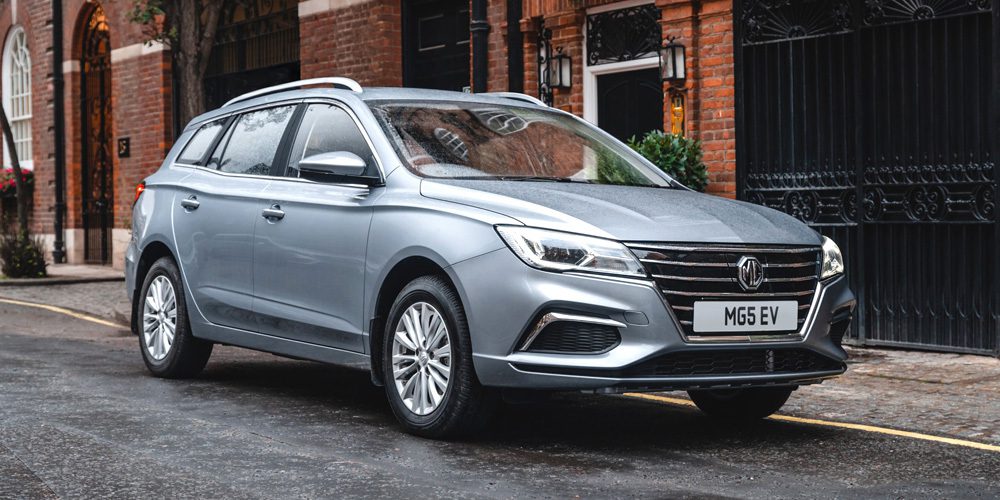Even the most experienced of ridesharing drivers have accidents. A few seconds of distraction can equal serious injuries, vehicle damage, high costs and quite a big shock.
Driving safely and carefully significantly reduces the risk of causing a collision and being liable for paying the damages. We’ve pulled together the most common accident scenarios for rideshare drivers in London, based on incidents Splend team sees a little too often.
1. Lane-changing
One of the common accidents we see at Splend is whilst ridesharing drivers are changing lanes or merging into a lane. It can be difficult to prove liability for these incidents, but generally, the driver who changes or merges lanes is at fault.
To prevent a collision when switching lanes, drivers should allow plenty of space to move into the lane and signal the lane change ahead of time so that other drivers can be aware of their intentions. Before making a move, use your mirrors and ensure you won’t force any car to change course or speed up.
TIP: If you get involved in this accident, it’s vital for your case to take pictures of the car’s positioning and capture any surrounding witnesses to provide a statement.
Without evidence supporting your version of events, these cases tend to end up as a 50/50 or “one word for another” in insurance terms. This means both parties take 50% of the blame and are liable for 50% of any repair/hire costs as a result of the incident.
2. Rear-end accidents
As the term suggests, rear-end accidents involve one vehicle colliding into the rear of a third-party vehicle. This can have substantial financial implications, including vehicle damage and injury claims, such as whiplash, if the third party has a passenger in their car.
In most cases, the rear vehicle is at fault for this accident. Even if the front vehicle unexpectedly slams on the brakes, causing the other vehicle to crash into it, all drivers are responsible for maintaining a safe distance from the vehicle in front of them to avoid a collision. However, that doesn’t mean the rear vehicle is to blame in any rear-end accident.
IMPORTANT: If you get involved in this kind of accident, driving either of the vehicles, take pictures of the car’s positioning, capture witnesses’ statements, and gather all the details required to support your case.
Paying attention and keeping a safe distance will help you avoid colliding into the vehicle in front of you and being at risk of substantial car damage and serious injuries.
3. Car park collisions
These accidents happen more often than you’d think and include colliding into parked or moving vehicles in a car park.
The most common scenario for this accident is a driver getting hit while backing out of a parking space. The driver backing out of the space is usually the one at fault for this since the driver moving forward has the right of way, and the driver backing out should ensure the area is clear before moving.
Another common scenario is when drivers want to perform a trick move and exit forward through an empty parking space instead of backing up. A ridesharing driver entering the space at the same time might not see the other driver, resulting in a front-car collision. The fault usually falls onto the driver exiting the parking space, but it can get complicated in terms of liability.
Fortunately, most of these incidents involve low speeds and minor injuries. However, we shouldn’t overlook the risks associated with this type of accident, such as the severe neck, back or soft tissue injuries.
TIP: It’s possible for the third party involved to disregard the importance of the collision and suggest skipping filling out the insurance paper. Don’t fall for this and miss out on the compensation you could be entitled to.
Treat this accident as seriously as any other, take photos of the cars, fill in the paperwork and to allow the insurance company to make an informed decision.
4. Single car collision
An accident doesn’t always have to involve two or more cars. Sometimes, ridesharing drivers collide into objects like a bollard, metal pole, barrier, or lamppost and damage their vehicle.
There are situations when these kinds of accidents are hard to avoid, caused by external factors. You can hit an object because of the limited space. Other times, pedestrians, cyclists or even other cars might make a risky move that would force you to take a sudden turn and perhaps hit an object.
However, many single-car collisions happen when the driver fails to appreciate the distance between their car and an object because of the driver’s driving style or simply due to not paying enough attention to the surroundings.
To prevent these incidents, you should maintain the reinforced speed limit, pay attention to the road conditions and traffic participants and adopt a defensive driving style.
About Splend
We enable people to make money by ridesharing driving. Our vision is a future where every on-demand driver can be successful.
We are car subscription specialists. Don’t take our word for it—drivers rate us excellent on Trustpilot. We can set you up with a brand-new or new-model car on our Flexi own plan, plus we provide the training and support you need to become an Uber driver that’s more profitable, safer, and fulfilled.
Drop by our London Hub at 393 Edgware Road Cricklewood, London, email us, or say hello on 0333 016 4331


![How to Become a Uber Driver [Complete Guide] | Splend](https://www.splend.co.uk/wp-content/uploads/2020/02/how-to-become-an-uber-driver-in-london-2.jpg)

